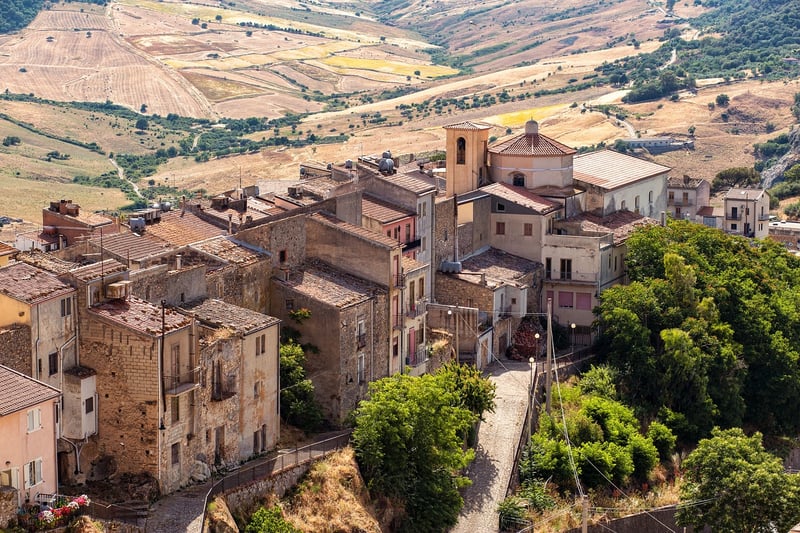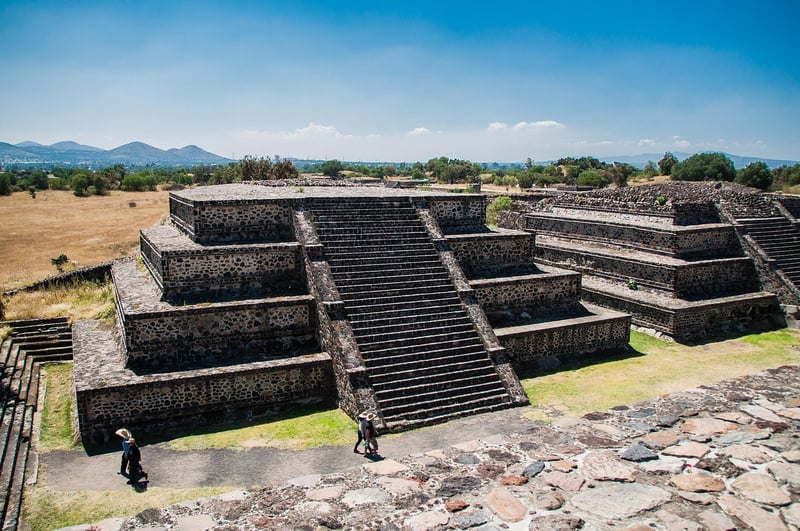Food Through Ages
Exploring the Roots of Food Culture
Food is not just sustenance; it is a reflection of history, culture, and tradition. The roots of food culture run deep, shaping societies and connecting people across generations. Let's delve into the fascinating journey of food through ages.
Ancient Civilizations: The Birth of Culinary Traditions
Ancient civilizations such as the Egyptians, Greeks, and Romans laid the foundation for modern food culture. They cultivated crops, raised livestock, and developed culinary techniques that are still prevalent today. The invention of agriculture revolutionized food production, enabling communities to thrive and evolve their culinary practices.

Medieval Feasts: A Time of Extravagance
The Middle Ages saw the emergence of elaborate feasts and banquets hosted by royalty and nobility. Food was used as a symbol of power and wealth, with exotic spices and ingredients imported from distant lands. Feasting became a social event, showcasing culinary prowess and hospitality.

Colonial Influences: Culinary Exchange and Fusion
The age of exploration brought about a culinary exchange between continents. European explorers introduced new ingredients to the Americas, Africa, and Asia, while also adopting local flavors into their own cuisines. This cultural fusion gave rise to diverse dishes and culinary traditions that continue to evolve.

Modern Gastronomy: Innovation and Globalization
In the modern era, food culture has been shaped by innovation, globalization, and technological advancements. Chefs experiment with molecular gastronomy, fusion cuisines blend diverse flavors, and food trends spread rapidly through social media. The culinary landscape is ever-evolving, reflecting the dynamic nature of our interconnected world.

From ancient civilizations to modern gastronomy, the roots of food culture have intertwined to create a rich tapestry of flavors, traditions, and stories. As we savor each bite, we also taste a piece of history and heritage passed down through the ages.
Let's continue to explore, celebrate, and preserve the diverse food cultures that make our world a flavorful and vibrant place.
